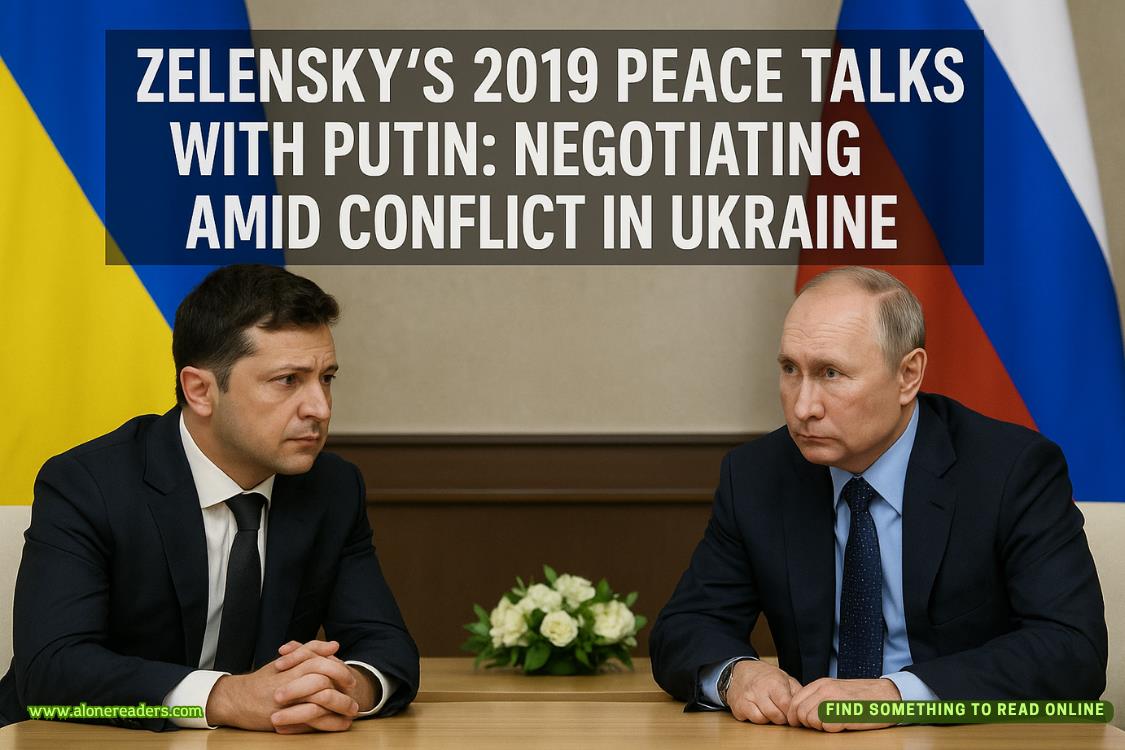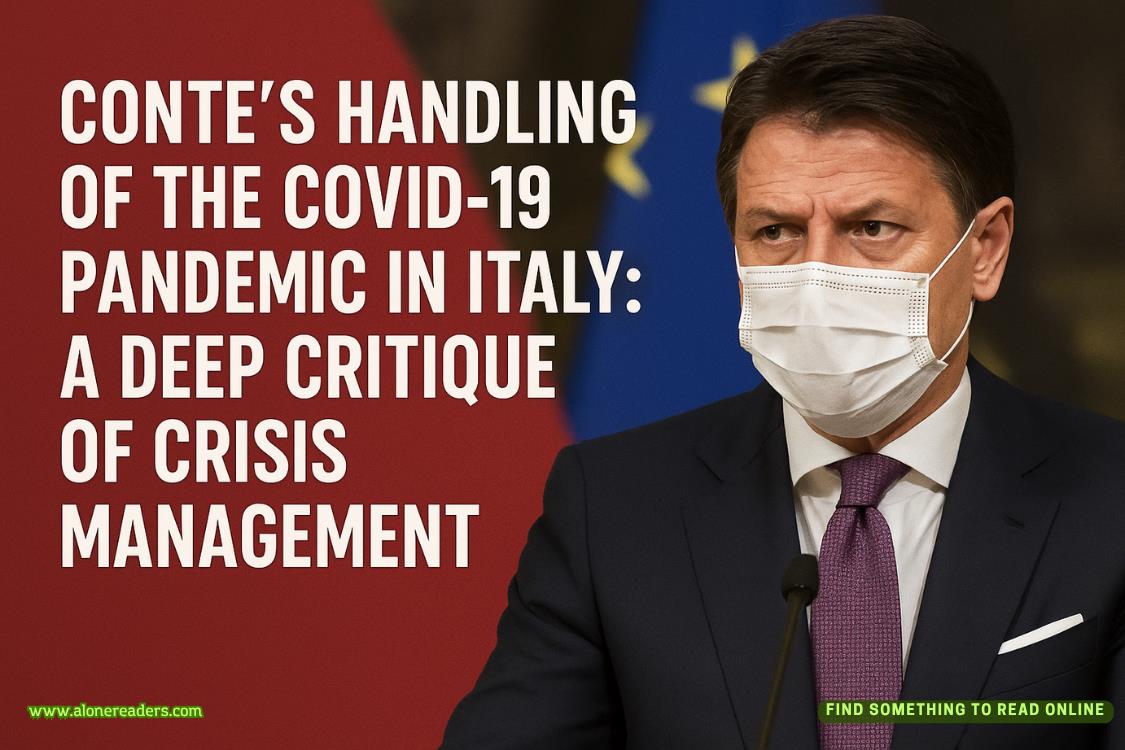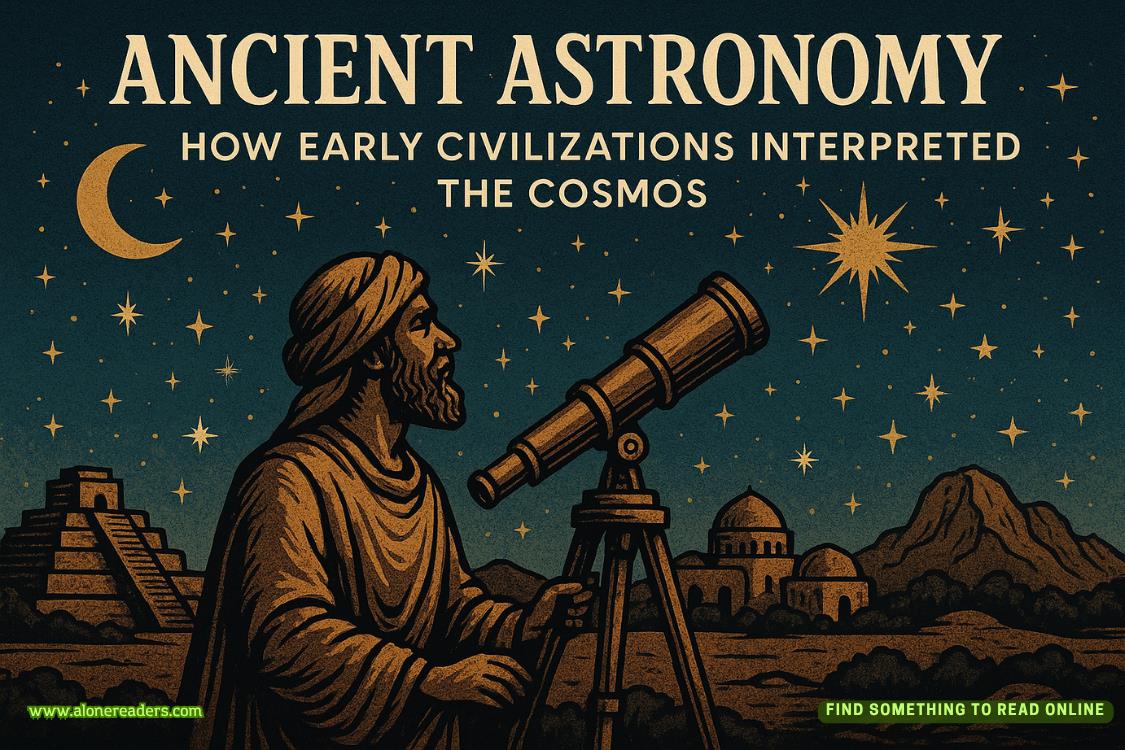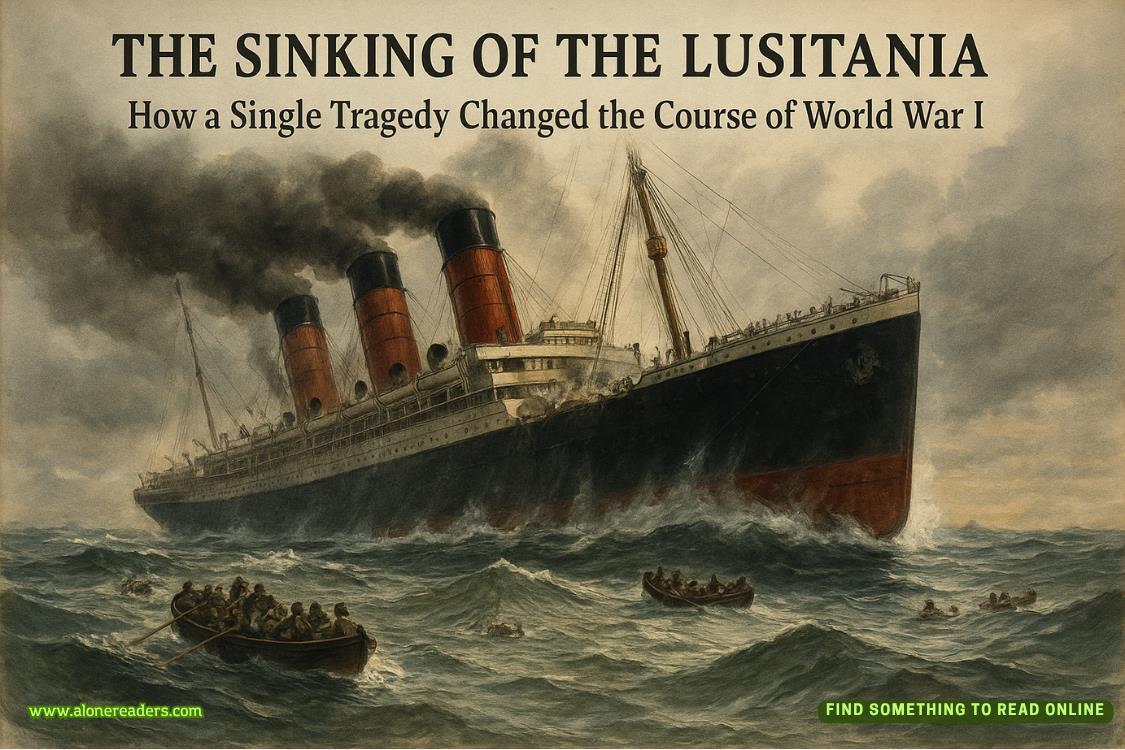Page 61 of Knot Their Fated M.U.S.E
I rise to my feet with fluid efficiency, muscles responding with optimal functionality despite extended sedentary positioning.
Without conscious calculation, I extend my hand toward her seated form—the gesture carrying significance beyond simple assistance.
"May you retrieve the ones destined to return by your side," I offer, the formal phrasing emerging from some deeper place than tactical consideration. "And maybe one day, we'll meet again. With Nyx."
Riot stares at my outstretched hand with visible surprise, clearly recognizing the symbolic significance beyond physical assistance.
Her hesitation carries understandable caution—alliance within institutional parameters representing potential vulnerability as often as advantage.
After long consideration, she places her hand in mine with deliberate commitment, her grip firm without unnecessary dominance display.
A grin spreads across her features—genuine rather than performance, reaching eyes typically guarded against emotional display.
"You as well, Jinx," she responds with matching formality. "May you get the ending you're fated to achieve."
Our hands clasp in perfect synchronization.
A pact formed through shared purpose rather than forced proximity, an alliance built on mutual recognition rather than institutional assignment.
TWELVE
DIVERGENT PATHS
~JINX~
We continue our journey in relative silence, the tunnel's oppressive atmosphere seeming to discourage unnecessary conversation after our unexpected moment of connection.
Our footsteps echo in perfect synchronization—two predators moving with identical efficiency despite vastly different training methodologies and life experiences.
The revelation of Riot's personal history has shifted something fundamental between us—not quite alliance but something beyond mere temporary cooperation.
Shared purpose creates bonds that transcend institutional categorization, particularly when that purpose involves returning voluntarily to hell for the sake of retrieving those who formed unexpected connections.
I find myself studying her profile as we navigate the descending corridor—features illuminated intermittently by emergency lighting that casts everything in sickly green hues.
Her jaw carries the distinctive tension of someone maintaining composure through deliberate control rather than natural equilibrium. The slight elevation in her respiratory rate suggests emotional processing occurring beneath tactical awareness, memories clearly activated by our recent exchange.
"Your companion appears to have experienced significant trauma during her previous interaction with the Parazodiac," Maverick observes through our secure connection, voice pitched with unusual gentleness despite its analytical content. "Her narrative suggests a near-death experience resulting in memory recovery consistent with specialized neural architecture similar to Blackwood program specifications."
I offer no verbal response, recognizing that even whispered communication might register to Riot as concerning given our proximity.
Instead, I maintain tactical focus on our surroundings as the tunnel begins to widen, institutional architecture shifting from functional transit corridor to what appears to be a designated choice point in the navigation sequence.
The path before us suddenly terminates in a Y-shaped junction where the previously singular tunnel divides into two distinct routes—both identical in apparent construction but diverging at approximately forty-five-degree angles from our current trajectory.
We halt simultaneously at this unexpected development, tactical assessment activating with practiced efficiency.
"Well," Riot observes dryly, breaking our extended silence with characteristic directness. "This seems rather on the nose even for Press's theatrical tendencies."
The junction features no signage, no obvious indicators regarding what either path might lead to—just identical tunnel entrances disappearing into darkness beyond the range of emergency lighting. Standard institutional methodology typically provides some form of guidance, even if deliberately misleading, to maintain the illusion of informed choice within controlled parameters.
This complete absence of directional indicators represents unusual departure from established protocols—either oversightin architectural planning or deliberate decision to maximize psychological impact through total information deprivation.
I frown, studying both options with measured consideration.
"The choice point appears deliberately designed to force separation without providing decision-making parameters."
Riot crosses her arms, mirroring my frown as she conducts her own assessment.















